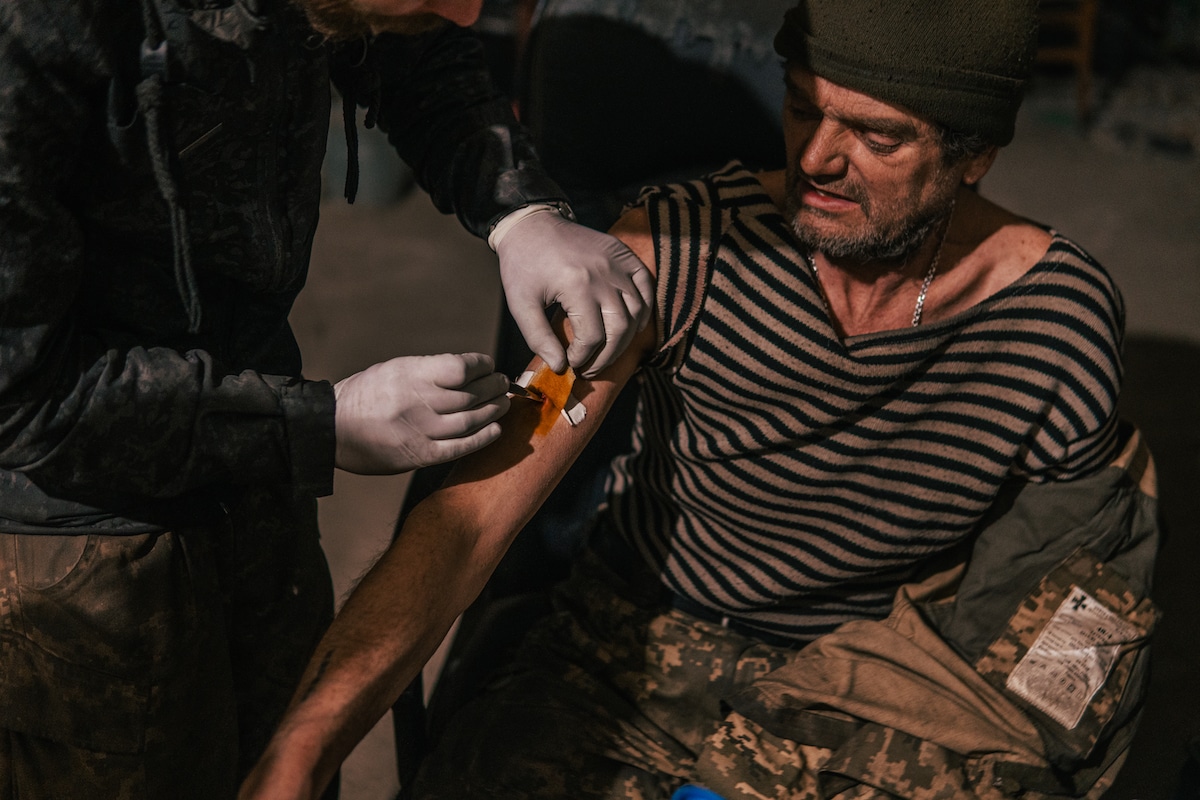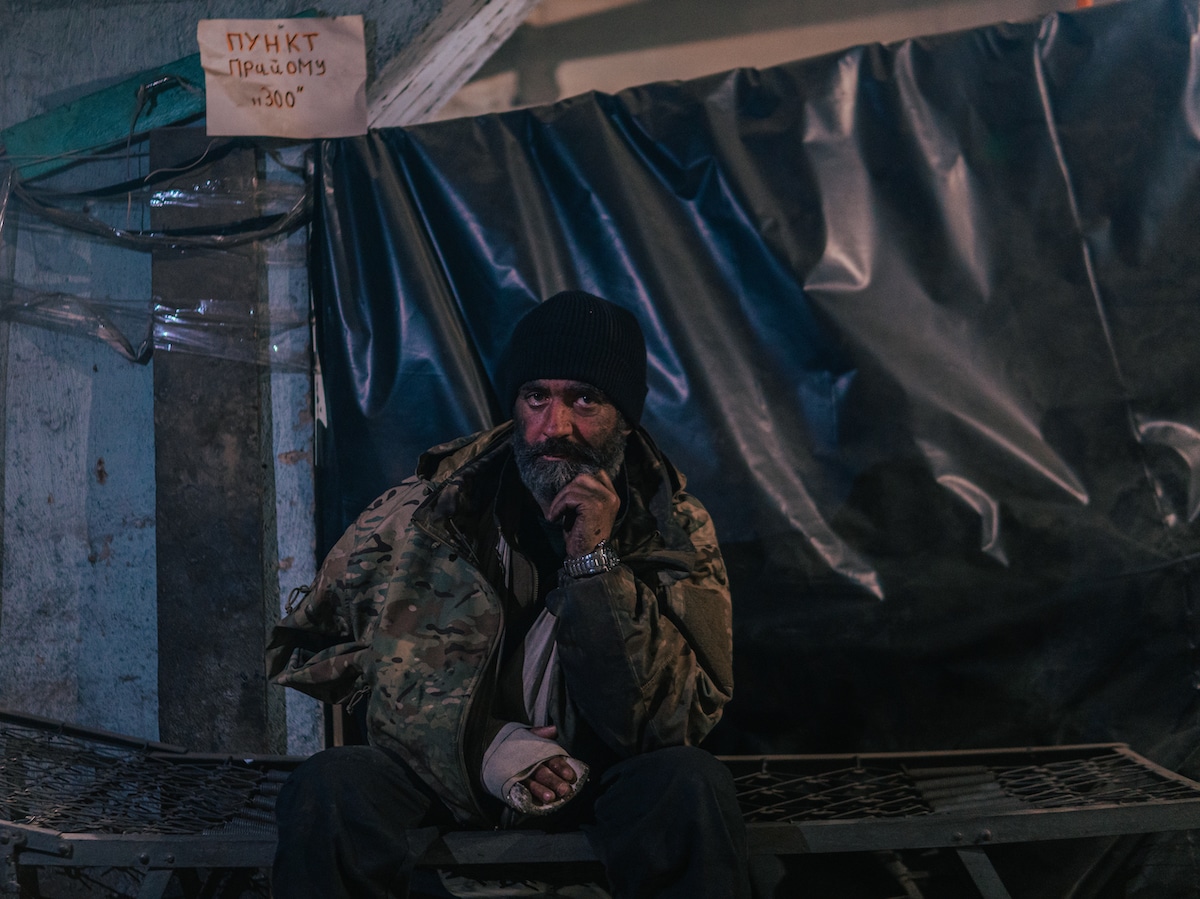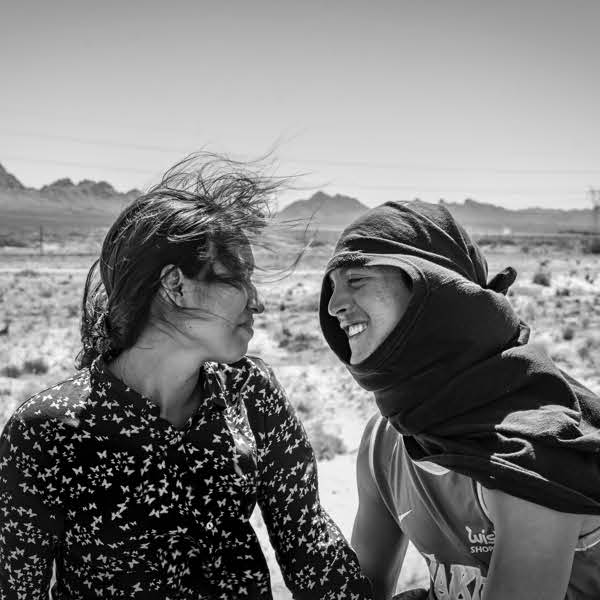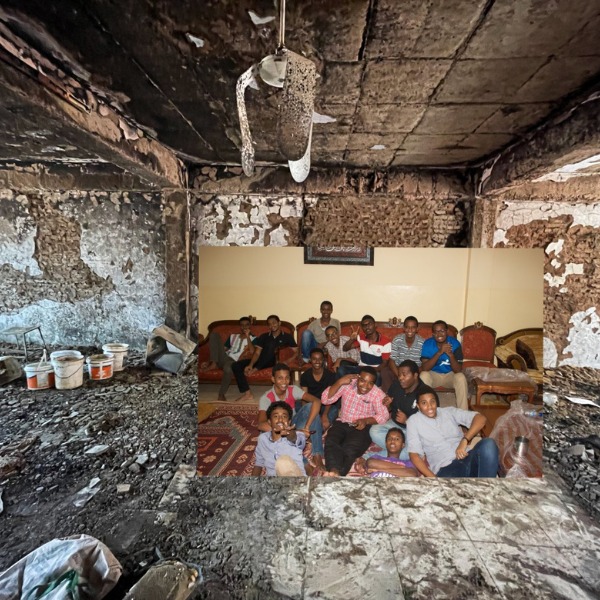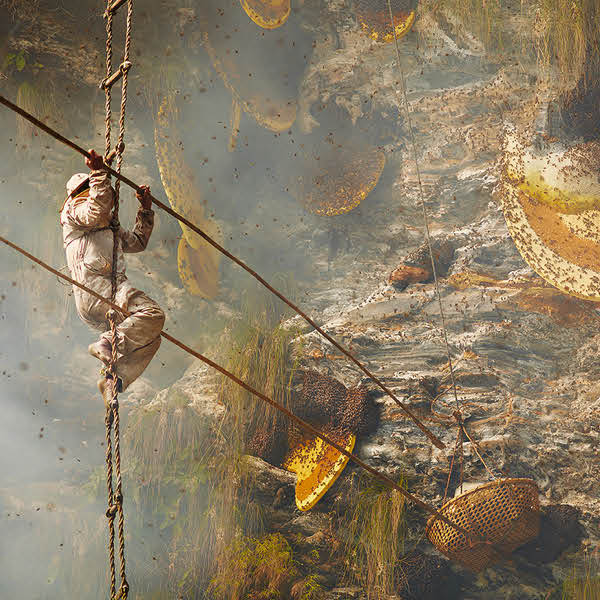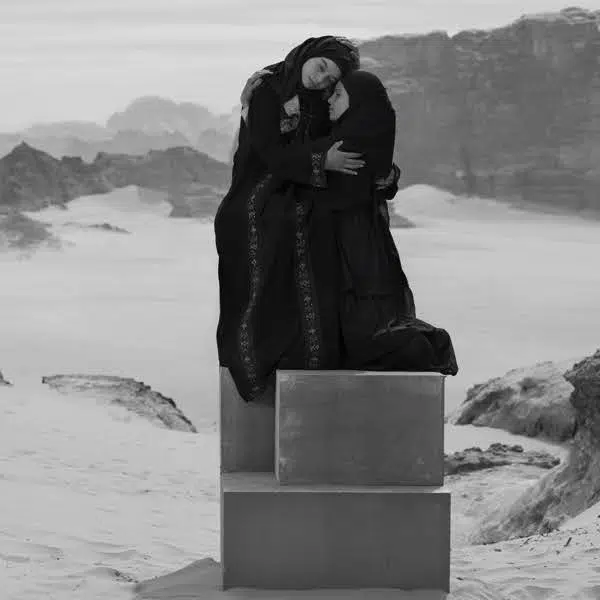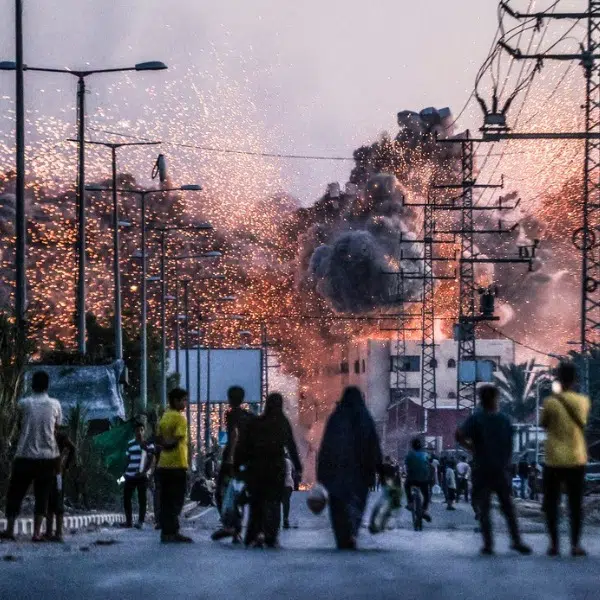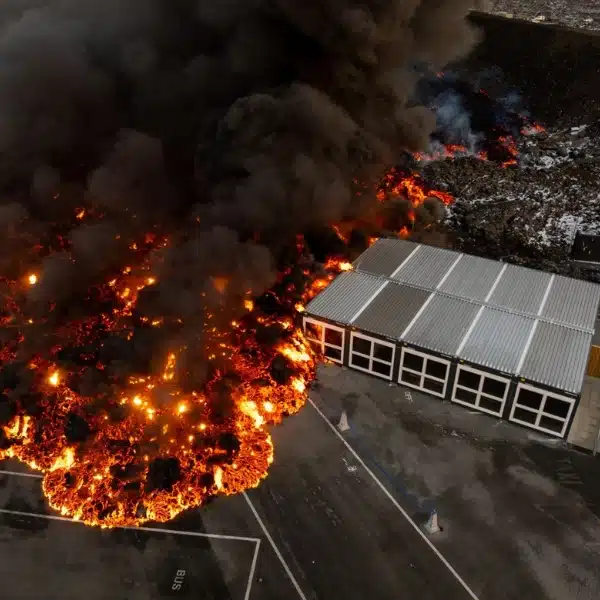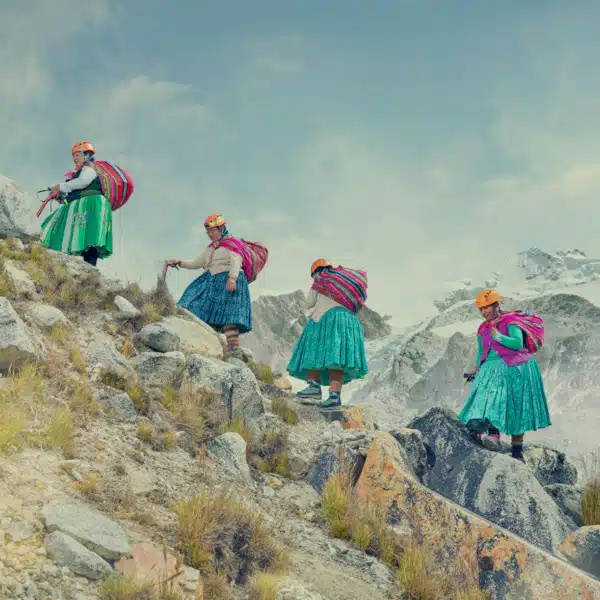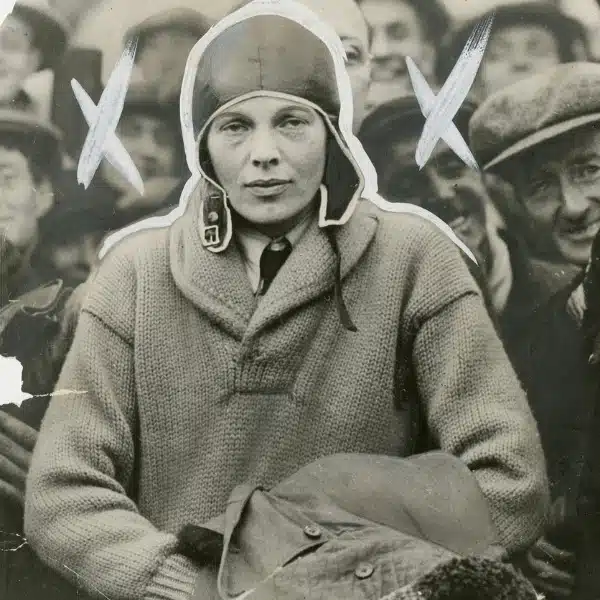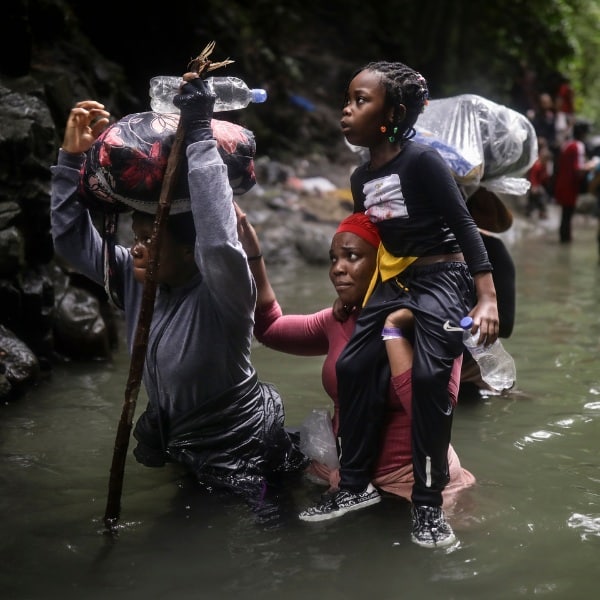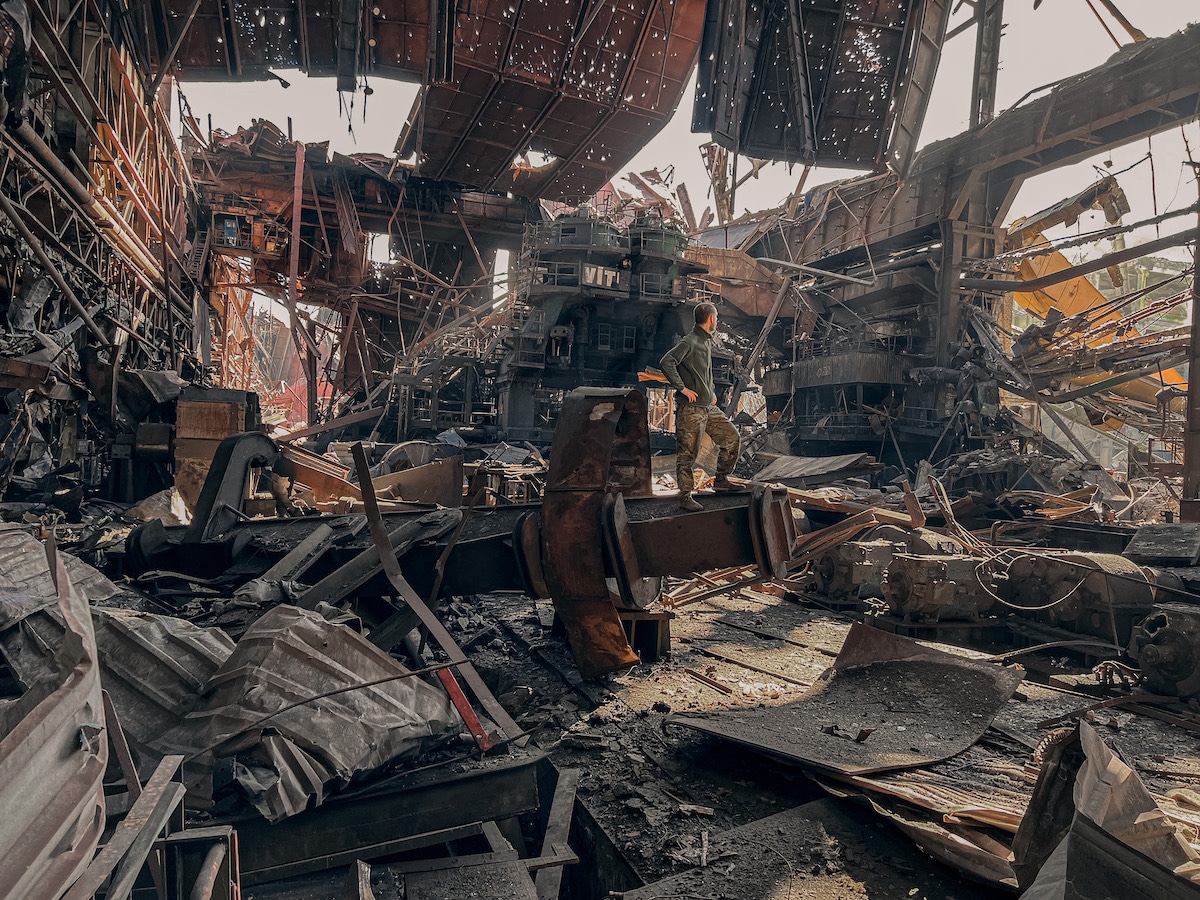
Mariupol's Azovstal steel factory has become a symbol of Ukrainian fortitude, as thousands of soldiers hunkered down in its underground bunkers for months in an effort to thwart the Russians. Their long battle came to an end on May 16, when the General Staff of the Ukrainian Armed Forces asked its troops to surrender in an effort to “save the lives of personnel.” Soldier and photographer Dmytro Kozatsky is among those who turned themselves over. Though he now finds himself a prisoner of war, he ensured that the world would know about the heroes of Mariupol with his final posts on Twitter.
On May 20, the day of his surrender, he posted a link to a folder of images taken during the months that he and his fellow soldiers lived in the steel mill. It was posted along with the caption, “Well that’s all. Thank you from the shelters of Azovstak—the place of my death and my life.” He then asked that people share the images, stating, “Send them to all journalistic awards and photo contests. If I win something, it will be very nice after I’m released. Thank you all for your support.”
Kozatsky's stunning photos detail the living conditions in the tunnels and bunkers below the steel mill. Built to protect against a nuclear attack, they became the home of a resistance that tied up the Russian troops and delayed their ability to declare victory in Mariupol.
In the photographs, we see everything from a soldier basking in a beam of light pouring through a bombed-out ceiling to a soldier passing the time with a crossword puzzle. There are plenty of small fires for warmth and, unfortunately, wounded soldiers doing their best to receive treatment for their wounds.
Доречі, поки я буду в полоні, залишу вам фото в найкращій якості, відправляйте їх на всі журналістські премії і фотоконкурси, якщо щось виграю, після виходу буде дуже приємно. Дякую всім за підтримку. До зустрічі ❤️ https://t.co/8KVaqrRgQB
— Орест (@Kozatsky_D) May 20, 2022
While some soldiers decided to stay behind, unwilling to give up their position in the factory, Russian Defense Minister Sergei Shoigu reported that nearly 2,000 Ukrainian soldiers had surrendered—including Kozatsky. With little or no word from their loved ones, families are now concerned about their well-being. The International Committee of the Red Cross was in charge of registering all the soldiers who surrendered and have been contacting next of kin.
However, among the soldiers embedded in the steel plant were members of the Azov Regiment. In fact, Kozatsky himself was part of that regiment. Their far-right origins have been a main talking point for the Russians since the beginning of the war and there are big concerns that they will be treated as terrorists now that they are in Russian hands.
Darya Yurchenko, Kozatsky's sister, is trying to stay positive. She recalled his decision to join the National Guard in 2015 after returning to Ukraine from university in Poland during the 2014 Maidan Revolution. A few years later, he decided to join the Azov Regiment, telling her “everybody’s like family to each other.”
Kozatsky is the commander of the Azov Regiment's press office and kept in semi-regular contact with his family during the months he lived in the Azovstal steel mill. He recounted that he had one meal a day—a type of oatmeal—and that water was tightly rationed.
In the days leading up to his surrender, his family stayed away from the topic of the war during their video chats. Yurchenko writes, “We decided we wouldn’t touch that topic [war] for a few days. We told him, ‘Dmytro, you just come home, and we’ll discuss it all with you then. But can we just pretend for a few days that this [war] isn’t happening right now? As if you’re home, and we’re with you, and we’re just talking?'”
At the same time, she also decided to ensure that people would be able to enjoy his photographs. Currently, she is working on turning the photo of the soldier soaking up the sun into a t-shirt. “I promised him that when he gets out [of captivity], he’ll be met by thousands [of people] in the shirt. I want to make sure nobody forgets about our heroes, and that Dmytro becomes a super-famous photographer, just like he dreamed of when he was little.”
Dmytro Kozatsky is the head of the Azov Regiment's press office. He also spent months living in the Mariupol steel mill.
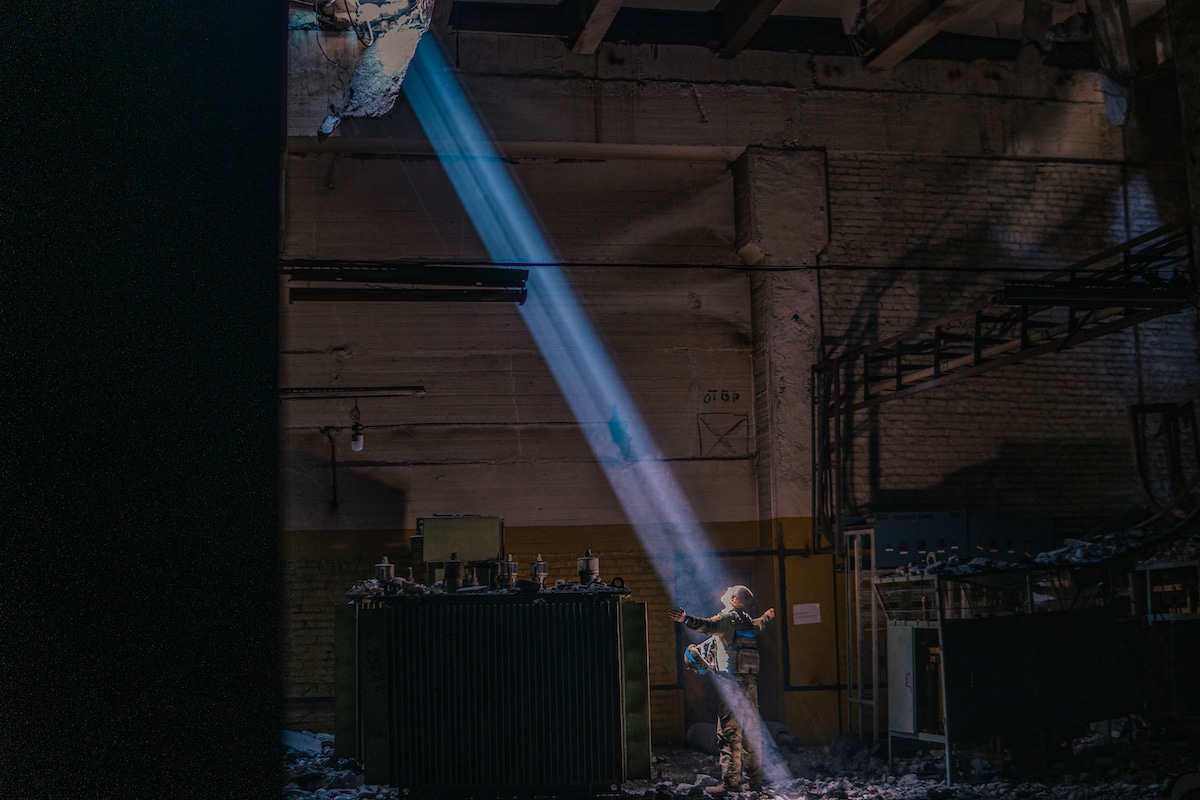
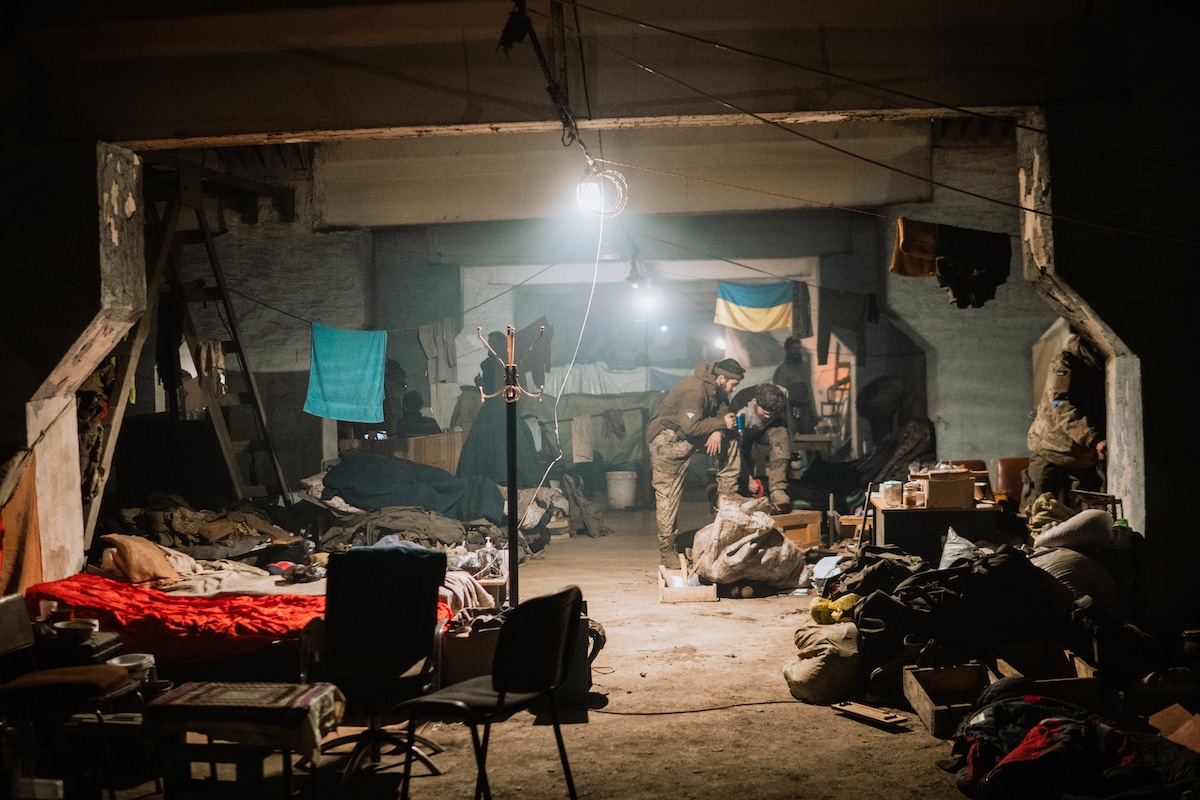
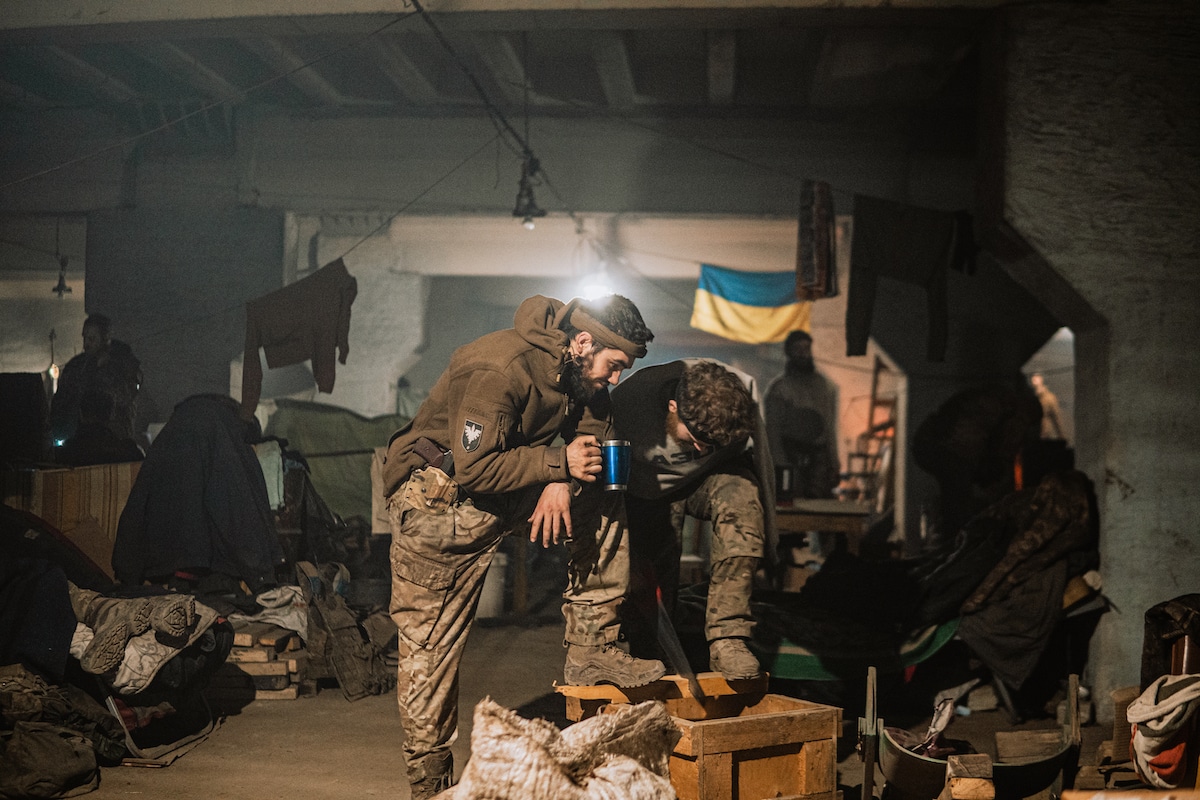
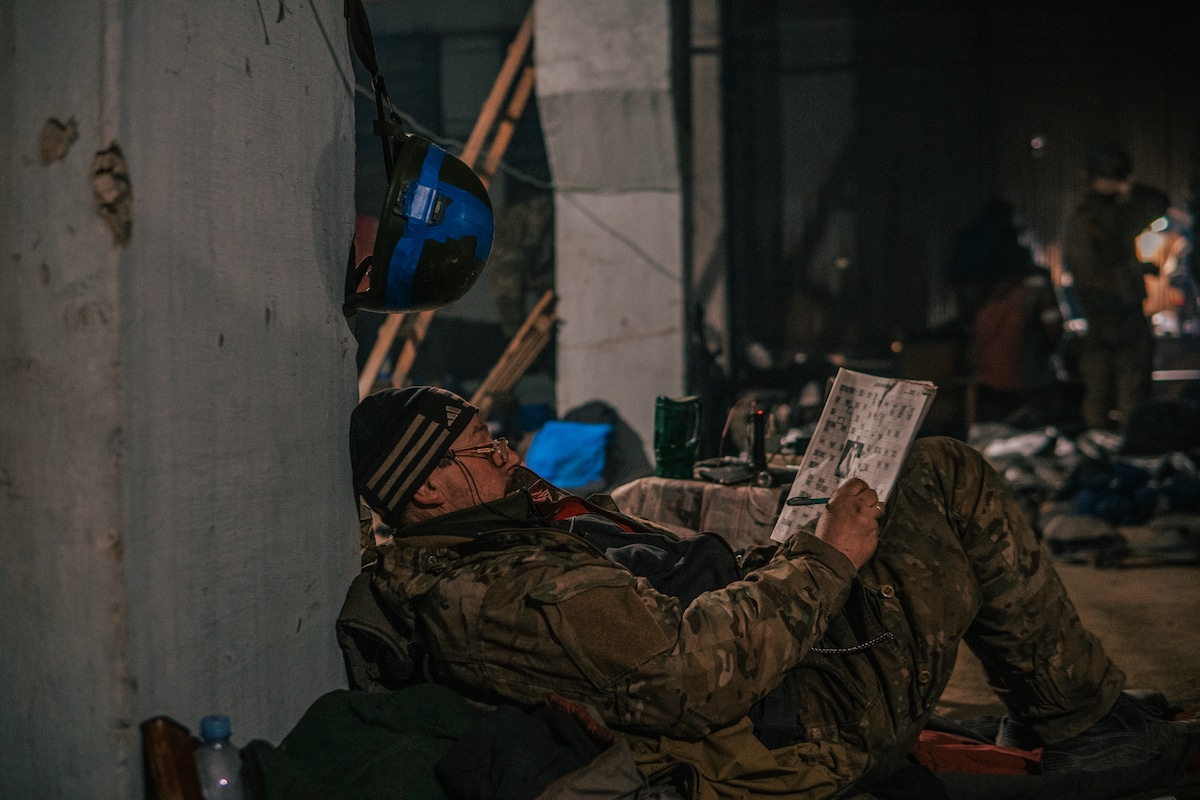
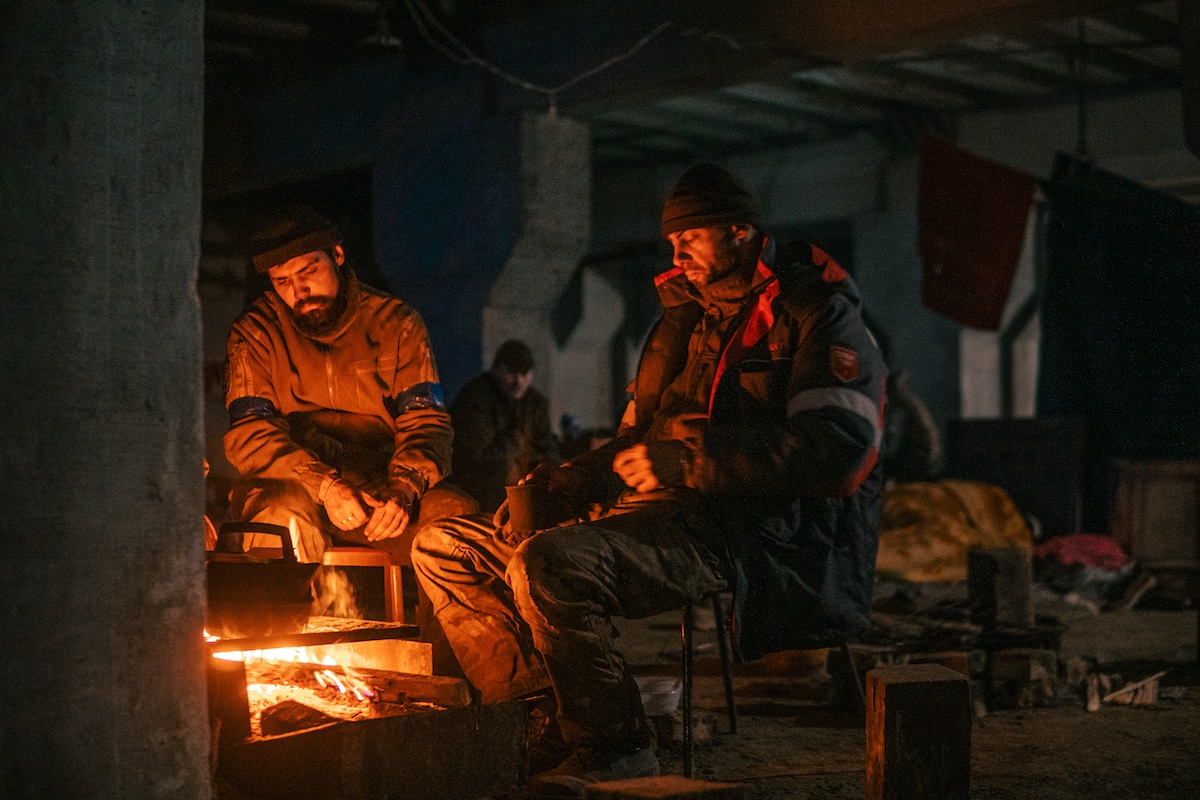
Before surrendering to the Russians on May 20, he posted a link to his photos of life at the Azovstal steel factory.
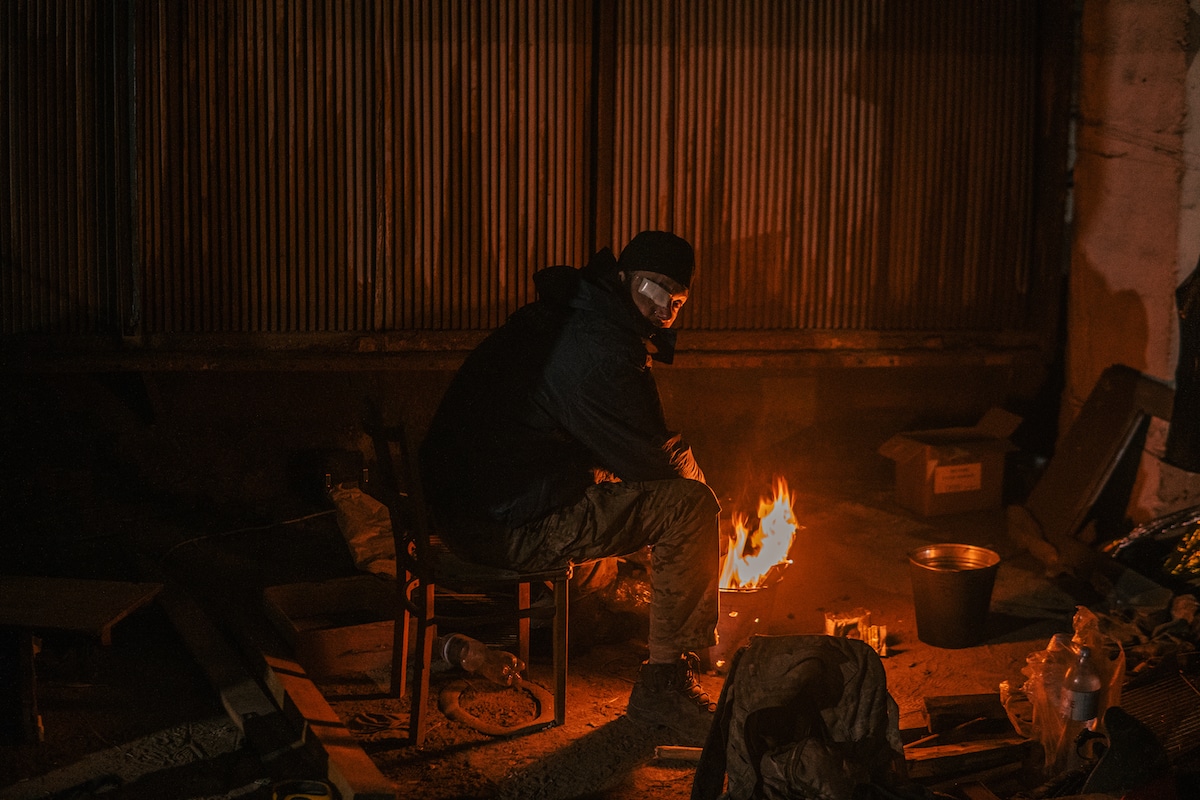
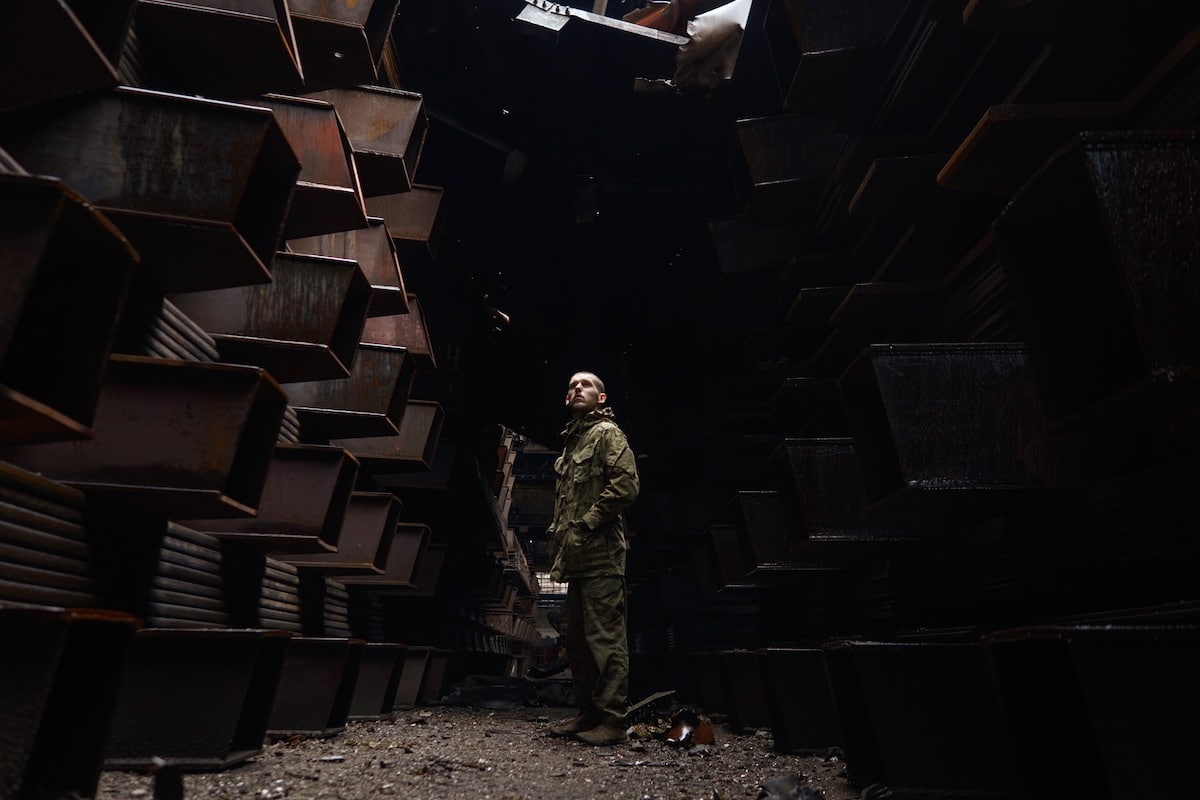
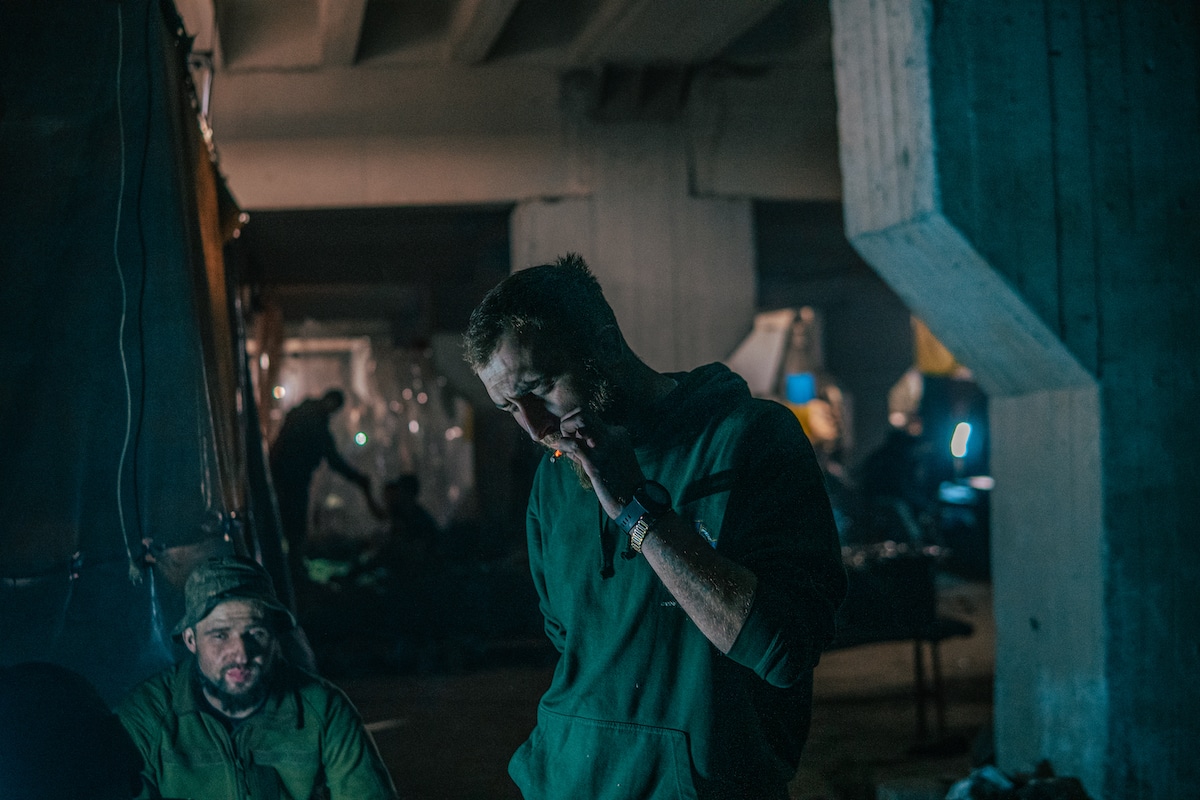
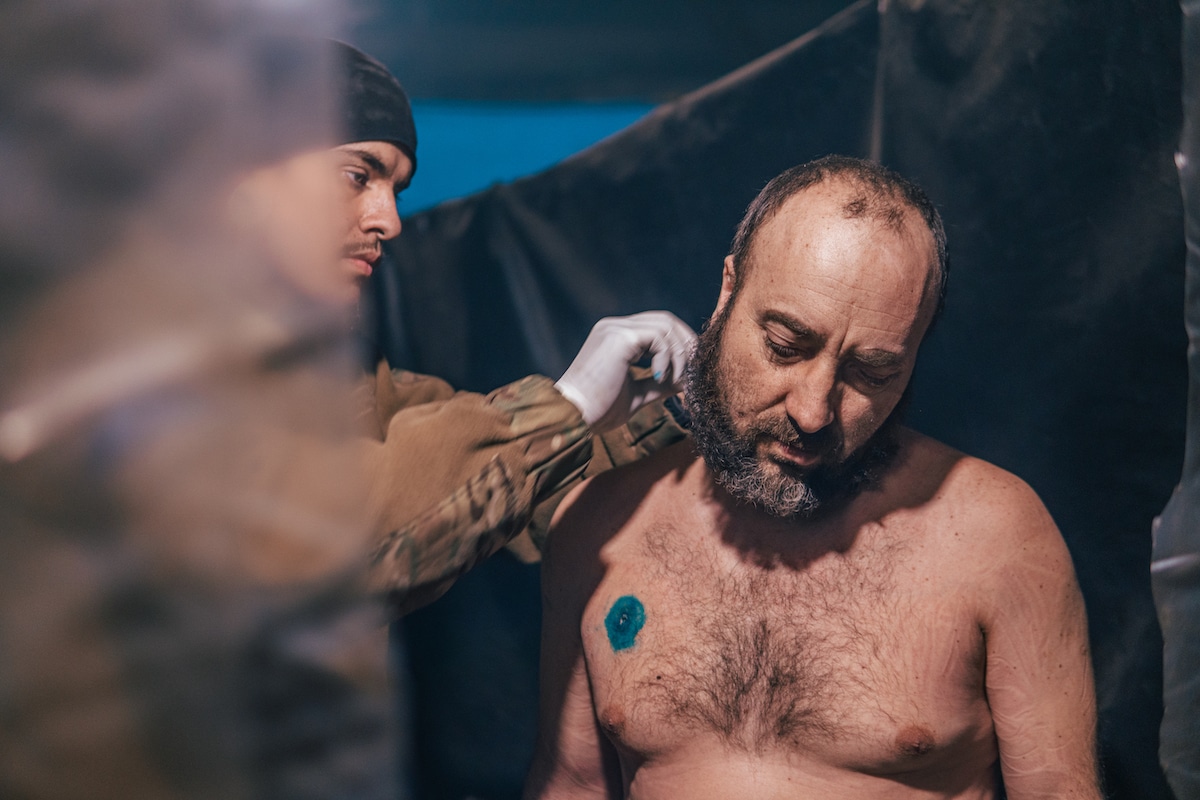
His candid photos are a remarkable look at the bravery of these soldiers.
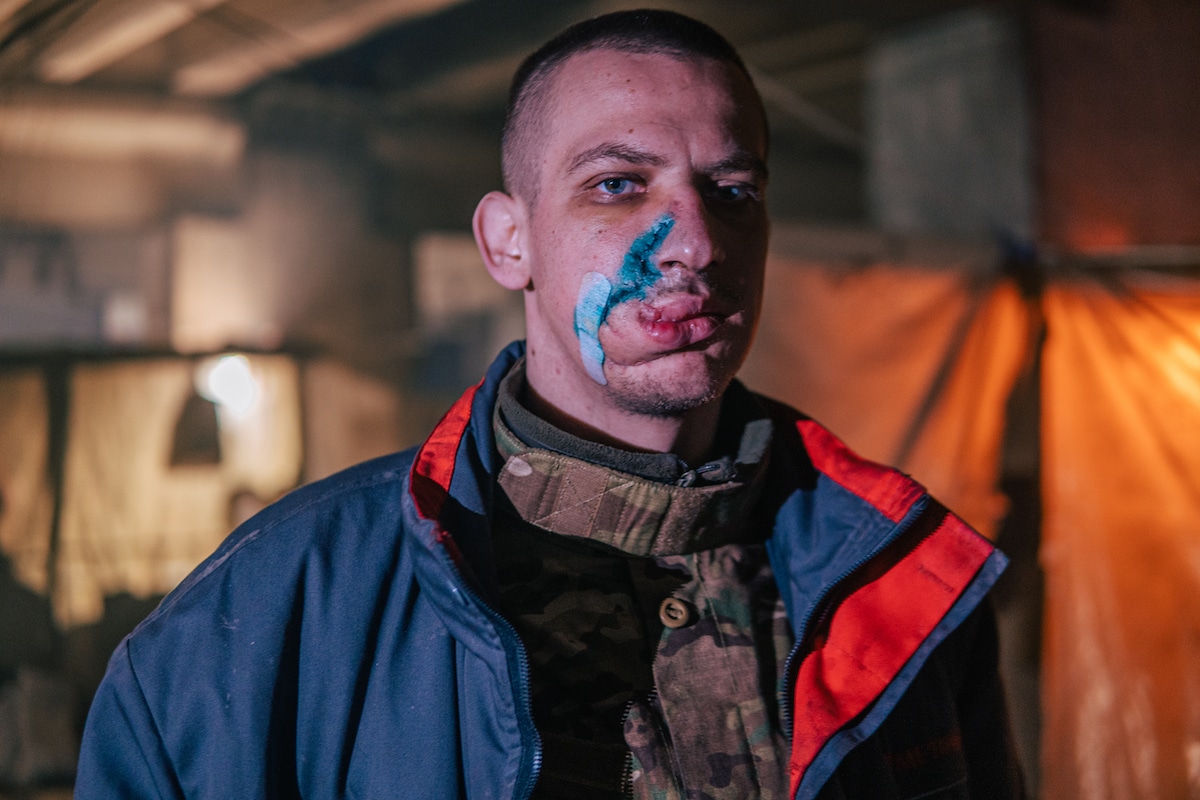
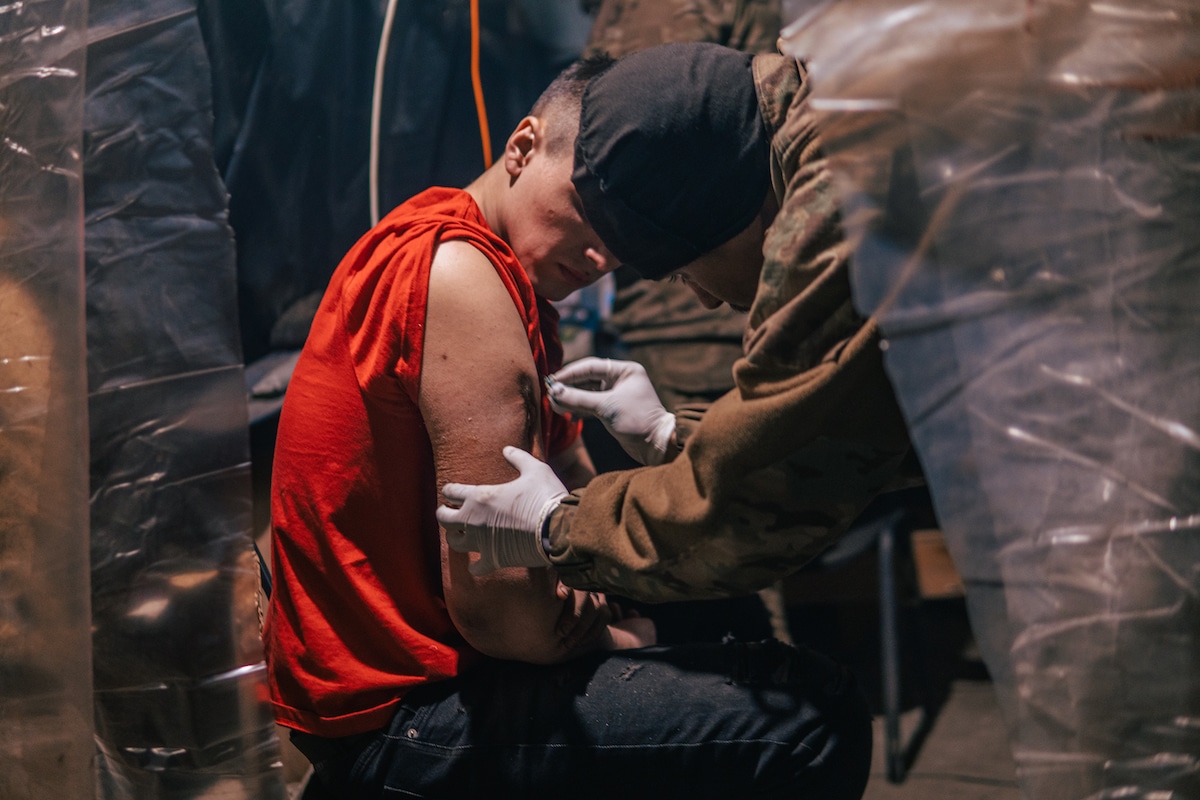
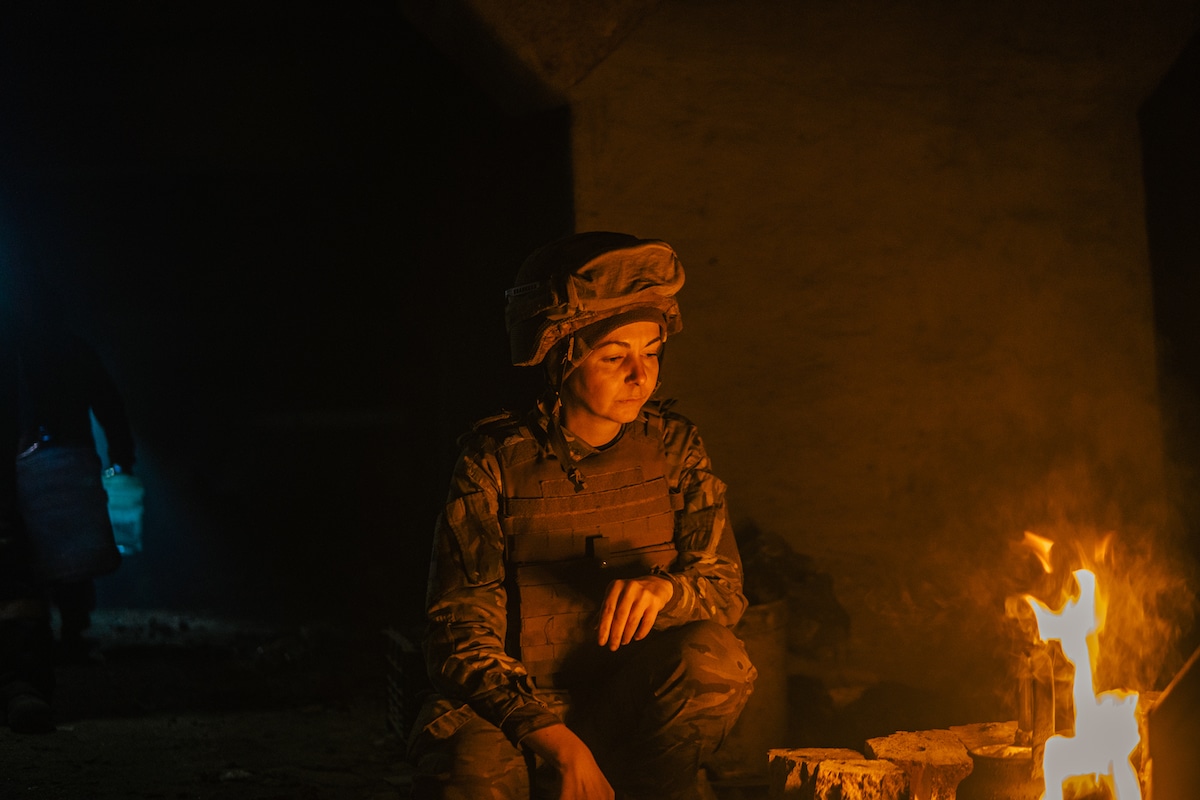
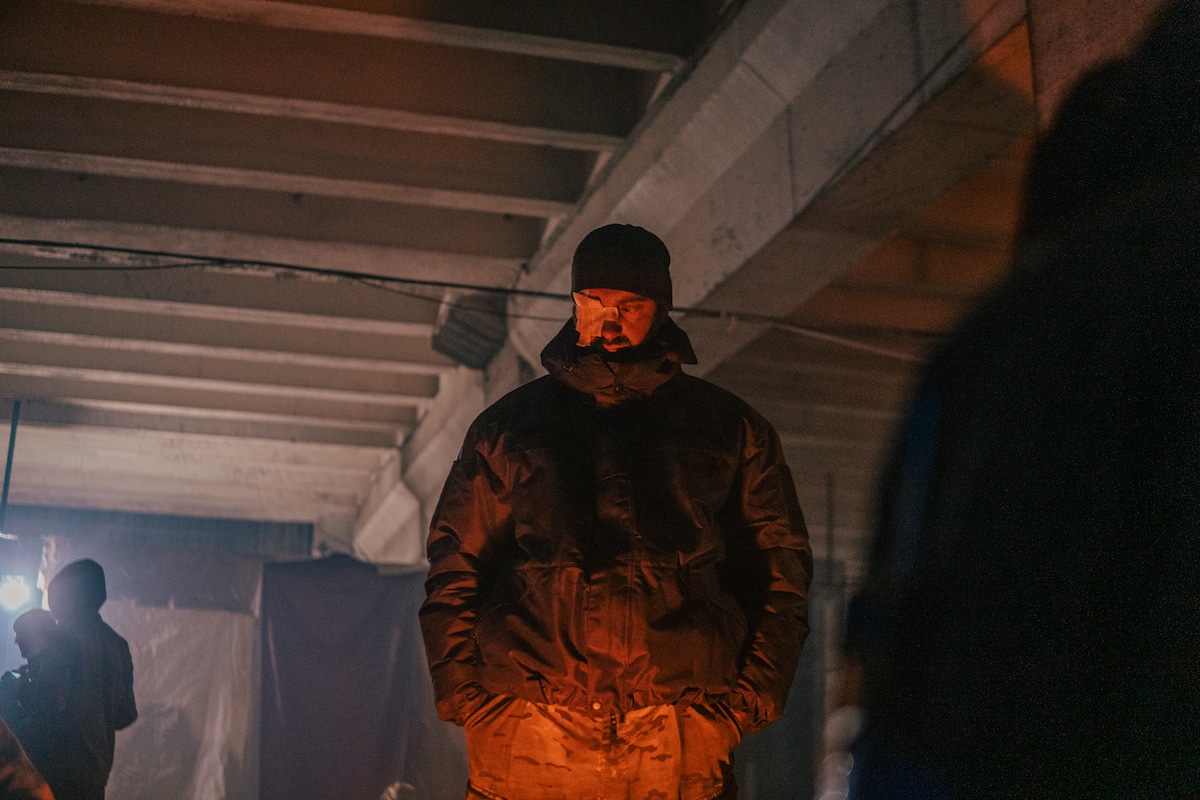
Kozatsky, along with a reported 2,000 other soldiers, are now prisoners of war.

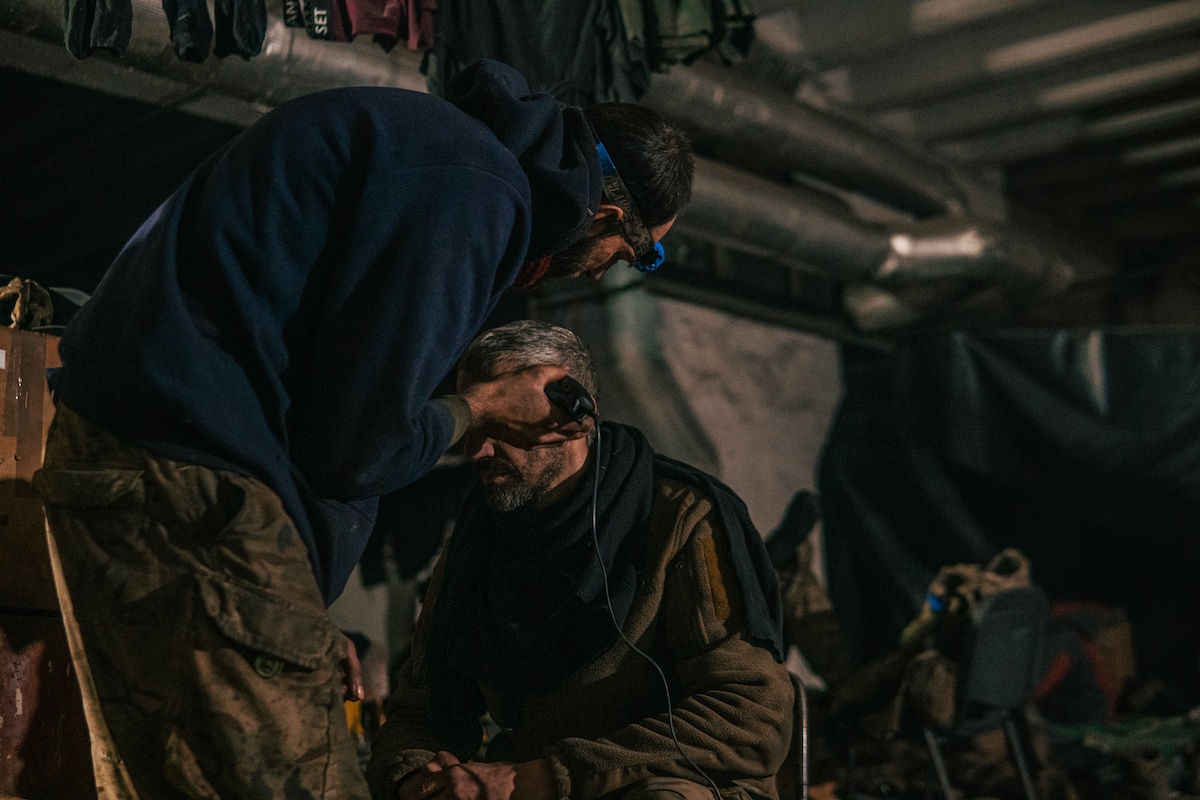
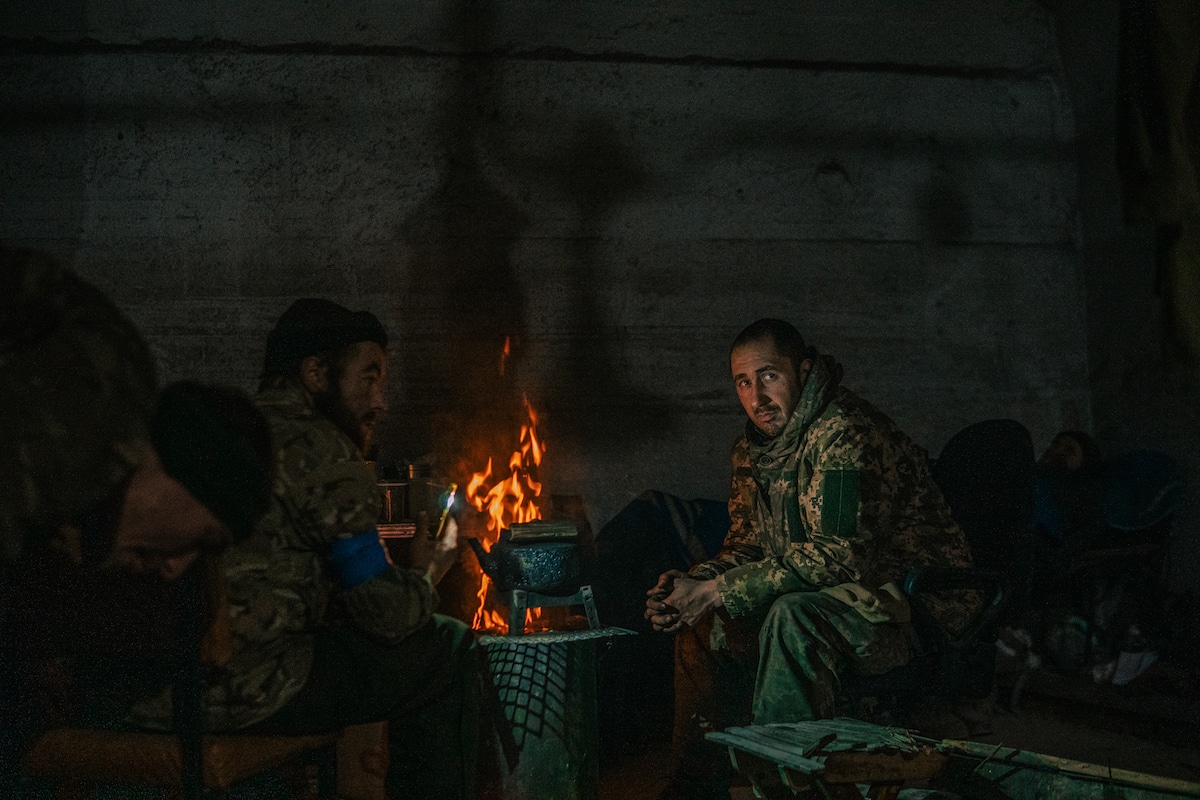
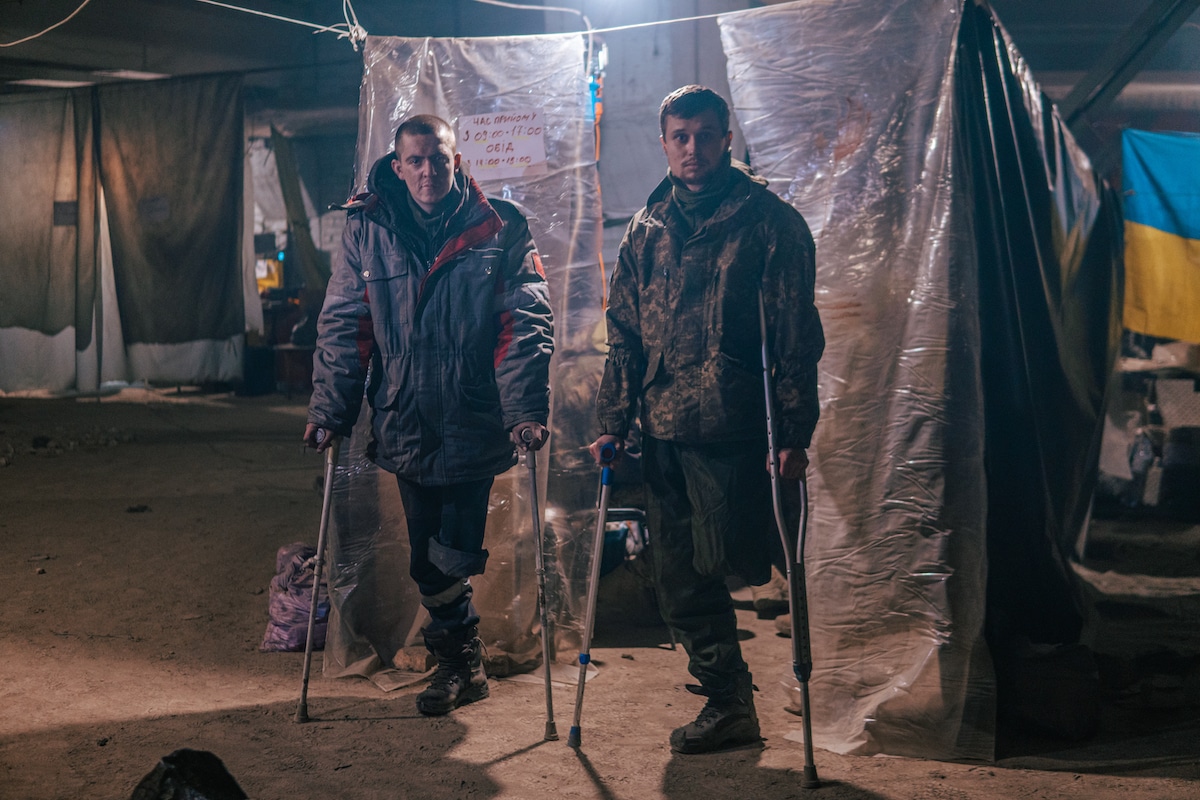
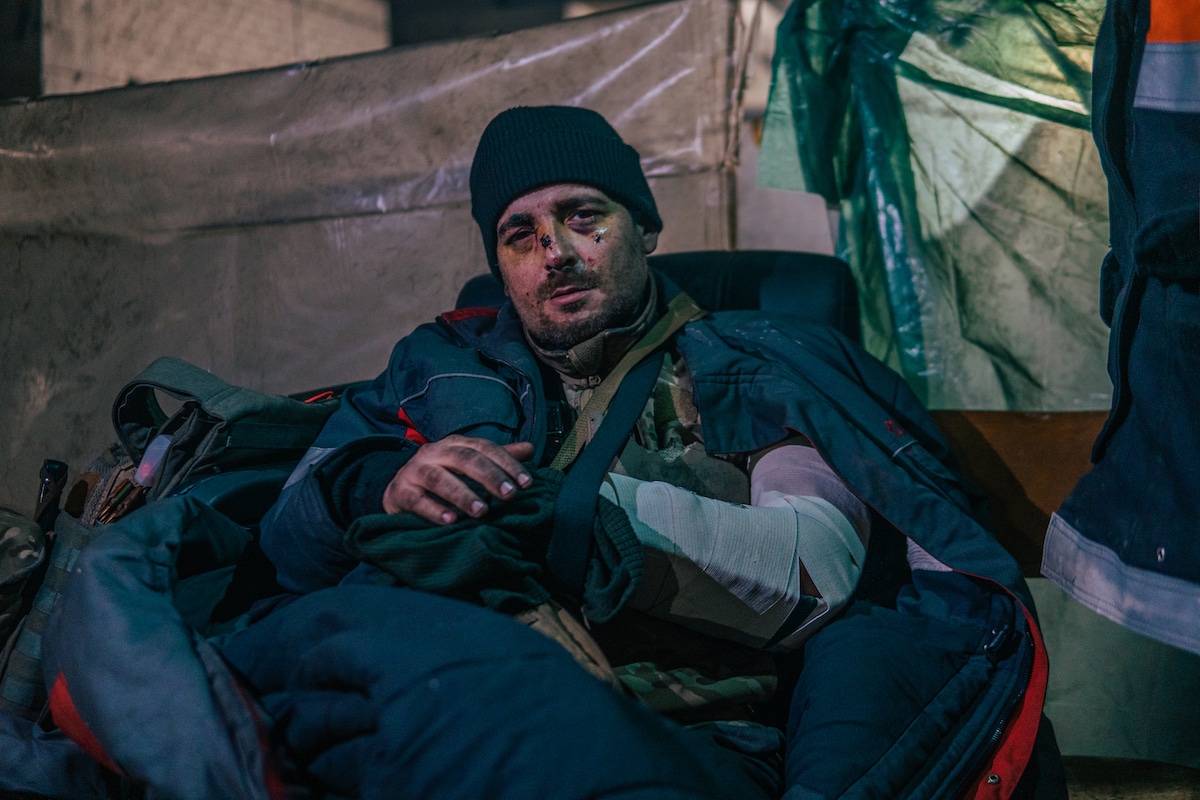
“Well that’s all. Thank you from the shelters of Azovstak—the place of my death and my life,” he tweeted before his surrender.
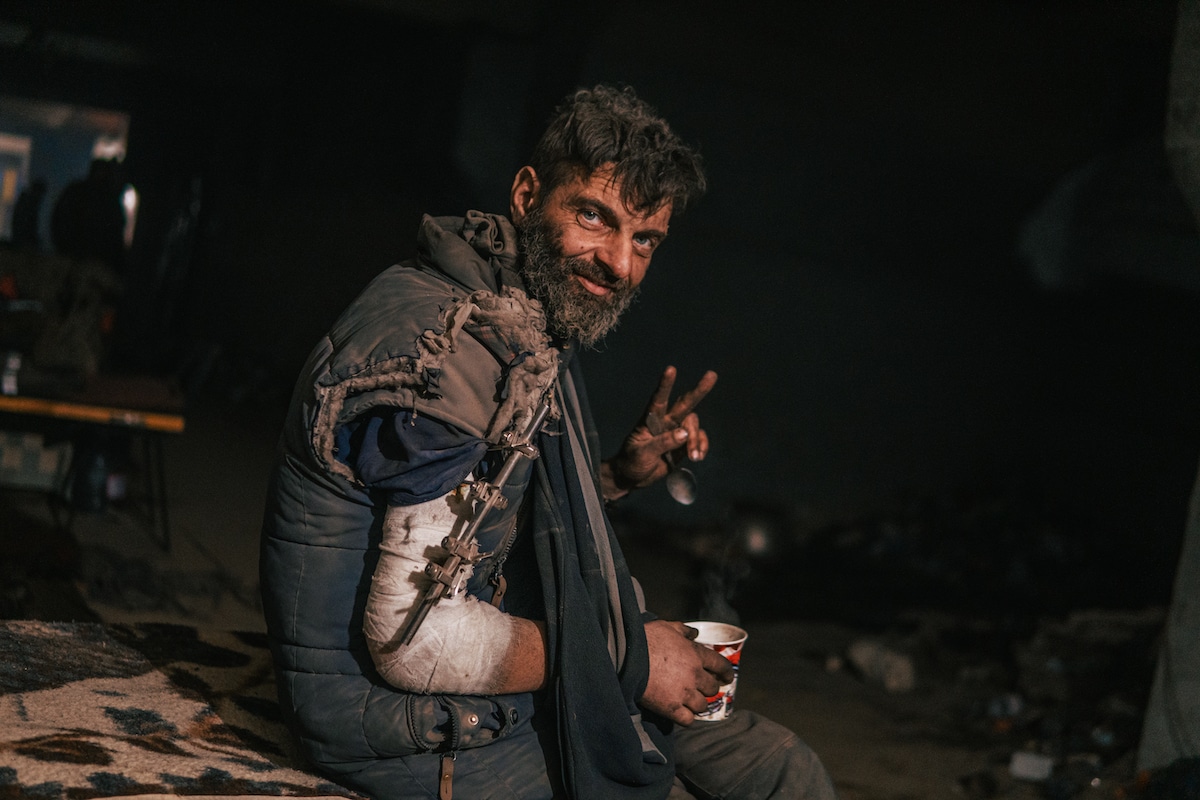
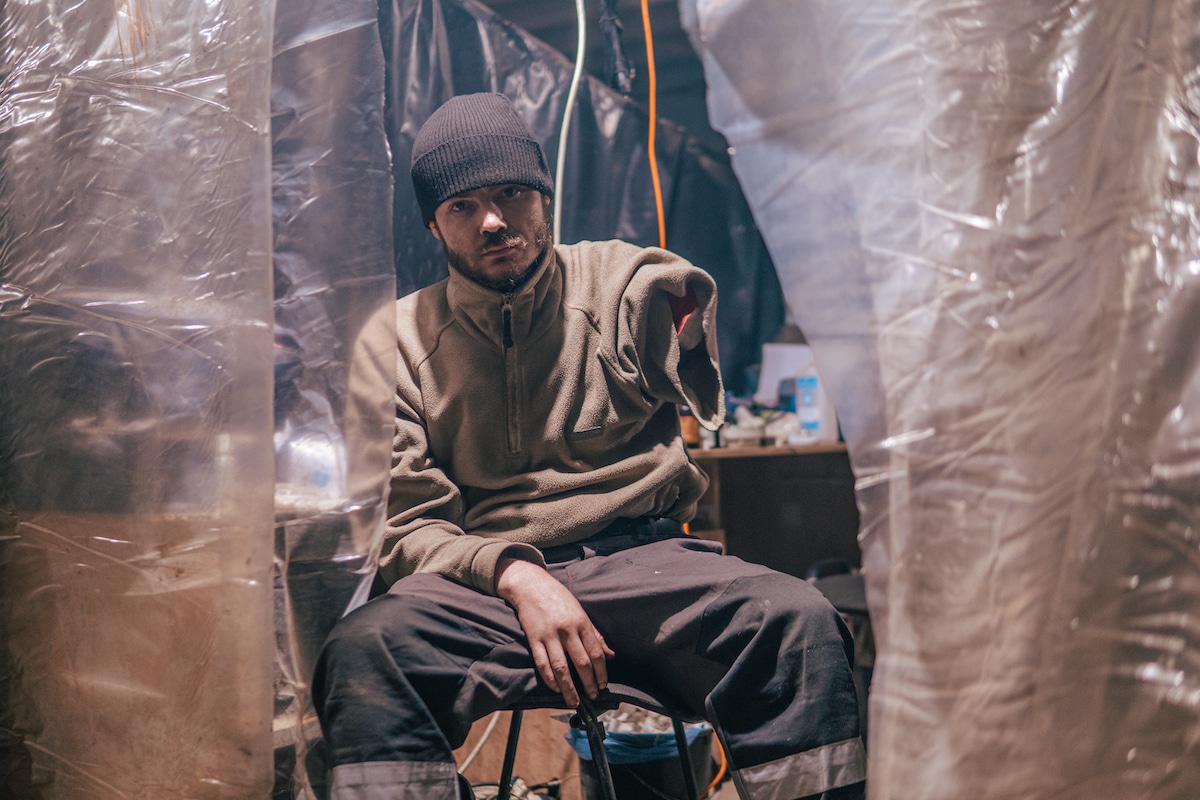
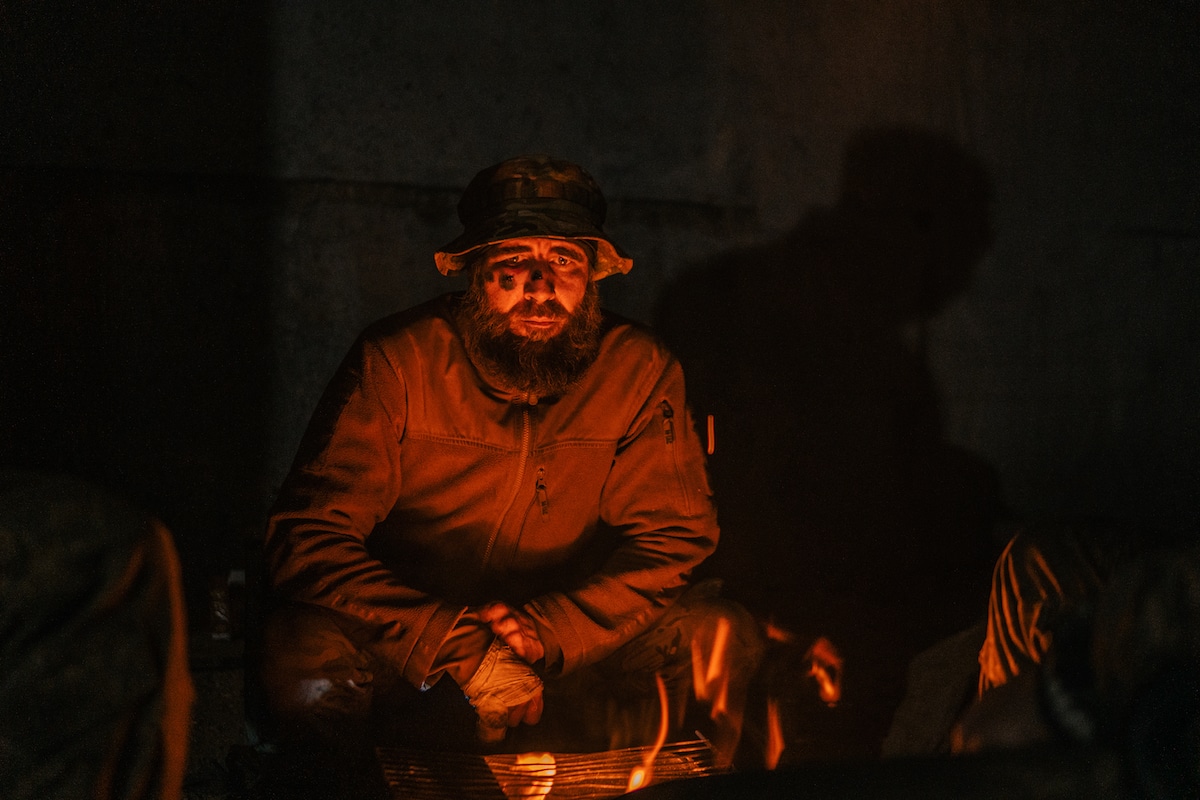
“While I am in captivity, I will leave my photos in the best quality, send them to all journalistic awards and photo contests.”
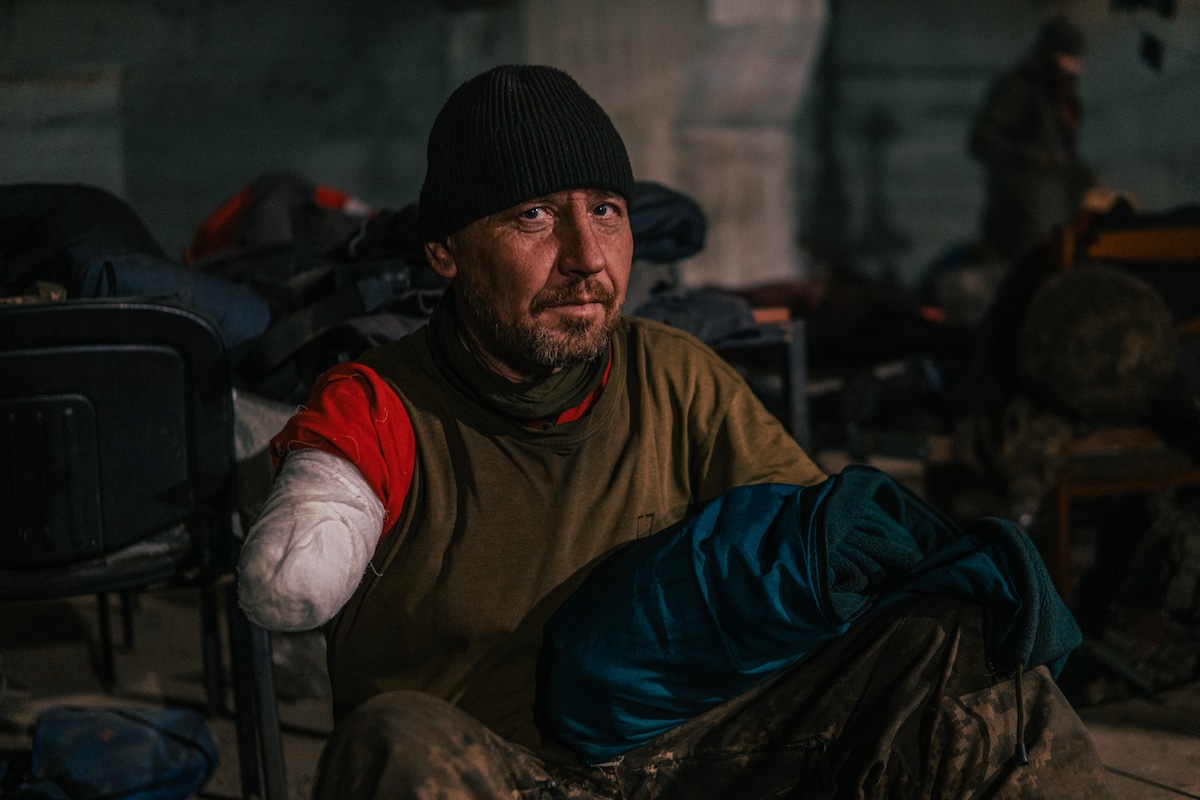
“If I win something, it will be very nice after I’m released. Thank you all for your support.”
